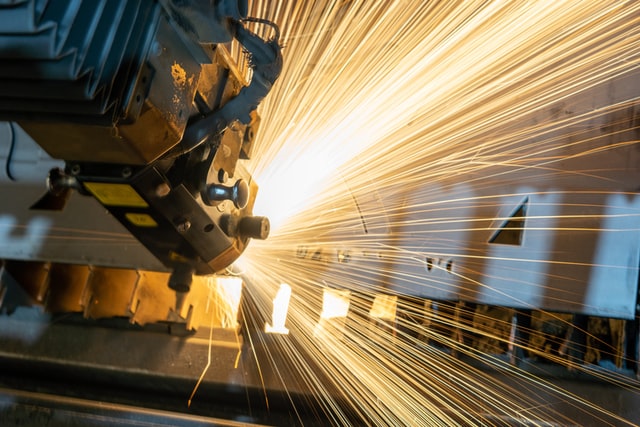
What Is Metal Finishing?
When you purchase or order a metal item, it has gone through many processing and finishing stages to give the material the right shape and characteristics for the job at hand. For instance, thin sheets of aluminum are put through a series of presses and shaped into a can; it is then finished with a seal to keep the contents from reacting to the metal.
Benefits
Metal finishing techniques can be for aesthetics or to enhance the qualities of the material and meet industry specifications for hardness, strength or resistance to reactive chemicals. In addition to protecting the item from chemical reactions, metal finishing equipment Milwaukee WI companies can add shine, durability and stability with different techniques and supplies.
Types
Some of the basic types of metal finishing include plating, blasting and polishing. These will produce different results and can sometimes be used in tandem for specific aesthetic or functional qualities. With metal plating, a series of chemical baths and an electrical current are used to coat one metal with another. For instance, coins are commonly an inexpensive interior coated with a more expensive material for aesthetics.
Sandblasting involves using pressurized air to hit a metal surface with sand or metal pellets. This technique creates a matte finish and is sometimes used to remove paint and refinish an item. Polishing will use a series of wheels and abrasive powders or liquids to smooth out the surface of the metal. The wheels will not only shine the item but will also remove any burrs left from the processing equipment.
Metal finishing is a set of techniques designed to give a metal item the right look or function. The finish you need can be achieved by various means, including plating, polishing or blasting. You can even use different types of finishing processes in tandem for the specifications you need.


















